Growing your own vegetables in an organic garden is a deeply rewarding process that not only ensures fresh and nutrient-rich produce but also fosters sustainable practices and environmental stewardship.
Whether you are a seasoned gardener or just starting out, diving into the world of organic gardening offers a chance to connect with nature, reduce environmental impact, and enjoy unparalleled flavors in your harvest.
Organic gardening is not merely a hobby; it is a conscious lifestyle choice. By avoiding synthetic fertilizers and pesticides, you cultivate a healthier ecosystem, protect pollinators, and contribute to soil regeneration.
This guide delves into advanced insights and strategies to help you create and sustain a thriving organic vegetable garden, tailored to your specific environment and needs.
Overview
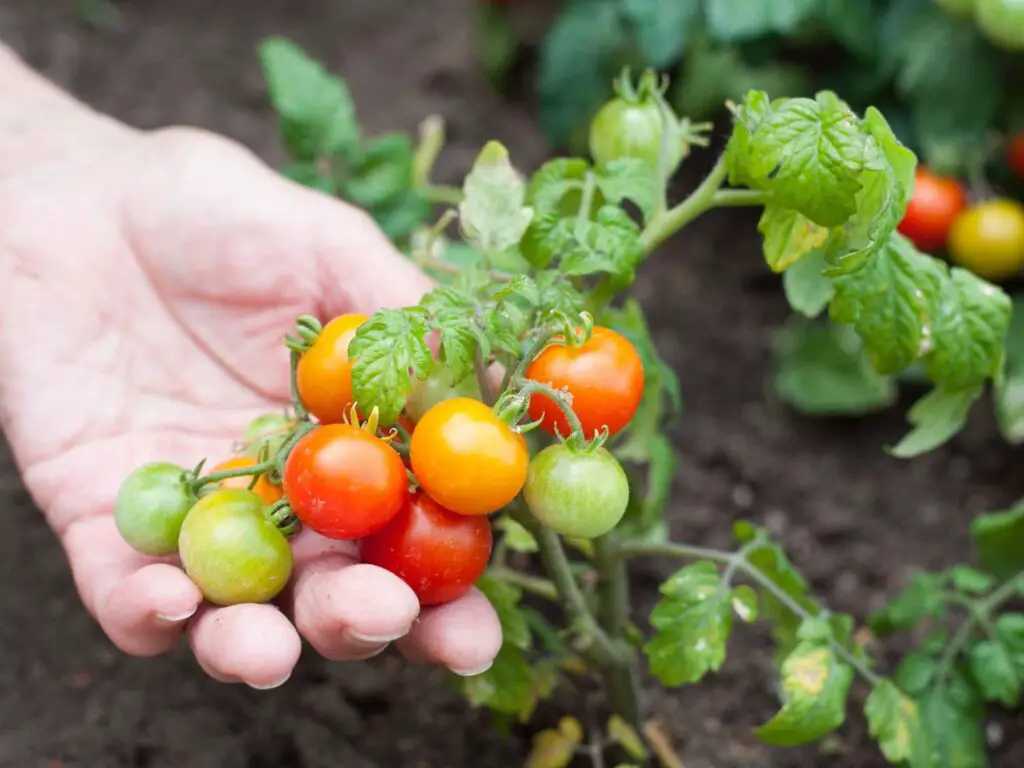
Organic gardening transcends traditional cultivation methods by emphasizing natural processes and long-term soil health. This comprehensive guide will explore:
- Strategic garden planning tailored to your environment
- Advanced soil improvement techniques
- Region-specific vegetable selection and planting
- Proactive pest and disease management using ecological solutions
- Maximizing harvest efficiency and post-harvest care
By integrating these practices, you can create a productive garden that not only feeds your family but also contributes to environmental health.
1. Strategic Location Selection
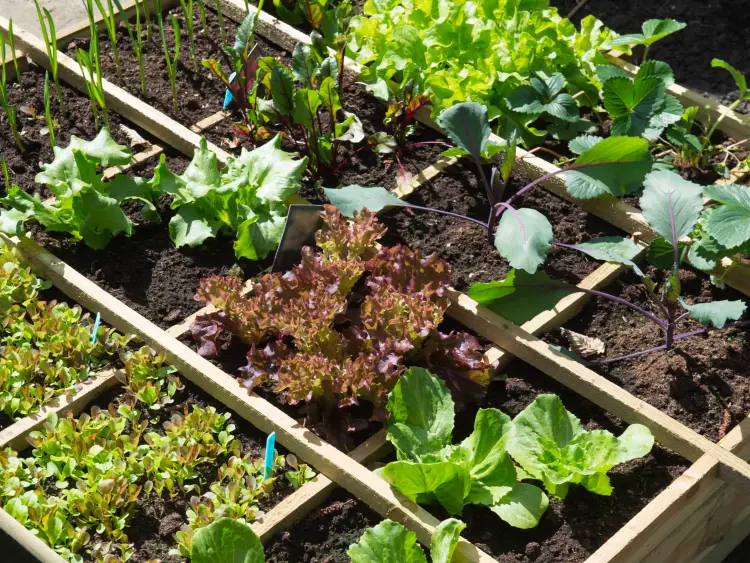
Microclimates and Sunlight Optimization
Understanding microclimates within your garden is crucial. Identify areas with slight variations in temperature, wind protection, and moisture retention. Most vegetables need 6-8 hours of direct sunlight daily, but certain leafy greens can thrive in partial shade.
Soil Drainage and Texture
Conduct a drainage test by digging a small hole, filling it with water, and observing how quickly it drains. Ideal soil drains within 1-2 hours. For poor drainage, raised beds or berms offer effective solutions.
Design for Accessibility and Rotation
Plan pathways that allow easy access to beds for maintenance and harvesting. Consider crop rotation zones to prevent nutrient depletion and reduce the risk of recurring pests.
2. Advanced Soil Preparation
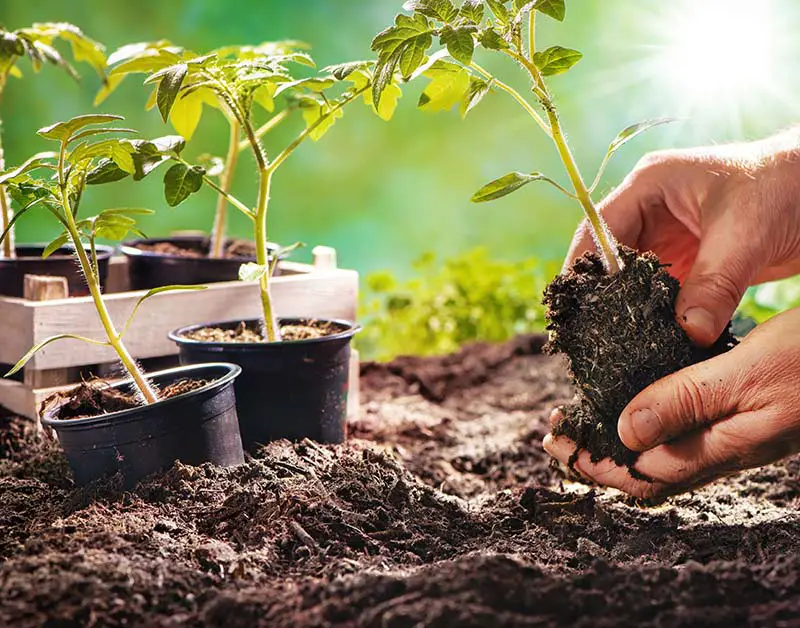
Comprehensive Soil Testing
Go beyond basic pH testing. Conduct a soil nutrient analysis to determine macro and micronutrient levels. This will guide the addition of specific organic amendments such as rock phosphate for phosphorus or greensand for potassium.
Building Biodiversity
Incorporate cover crops like clover or rye during the off-season. These plants improve soil structure, fix nitrogen, and prevent erosion.
No-Till Methods
Avoid disrupting the soil’s natural structure and microbiota by adopting no-till practices. Instead, layer compost and organic matter on top, letting earthworms and microbes integrate it naturally.
3. Selecting Regionally Optimized Crops
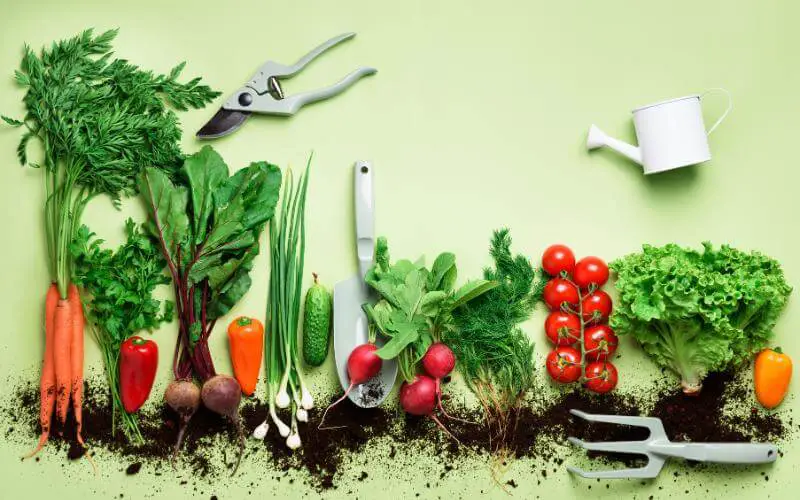
Understanding Growing Zones
Consult USDA Hardiness Zone maps to choose vegetables that align with your climate. Opt for drought-resistant varieties in arid regions and cold-hardy crops in cooler climates.
Heirloom vs. Hybrid Varieties
Heirloom seeds offer unique flavors and genetic diversity, while hybrids provide disease resistance and higher yields. Integrate both to balance productivity and biodiversity.
Succession and Interplanting
Combine fast-growing crops like radishes with slower-maturing ones such as carrots to maximize space efficiency. Stagger planting dates to ensure a consistent harvest.
Related Topics
4. Planting Techniques for Success
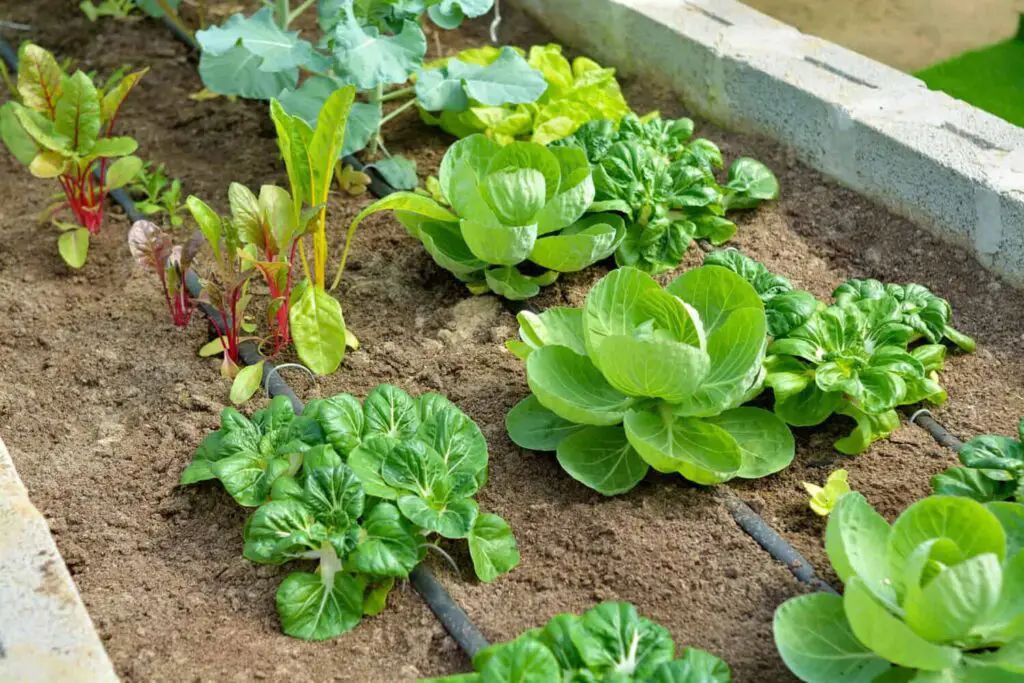
Precision Planting
Use tools like seed spacers or planting templates to achieve uniform spacing. This enhances airflow, reduces disease risk, and optimizes nutrient access.
Soil Temperature Awareness
Invest in a soil thermometer to determine the ideal planting time. For instance, tomatoes thrive when soil temperatures reach 60°F (15°C).
Mulching with Purpose
Apply organic mulch tailored to your needs. Straw and shredded leaves retain moisture and suppress weeds, while darker mulches like aged bark help warm the soil in spring.
5. Irrigation Mastery
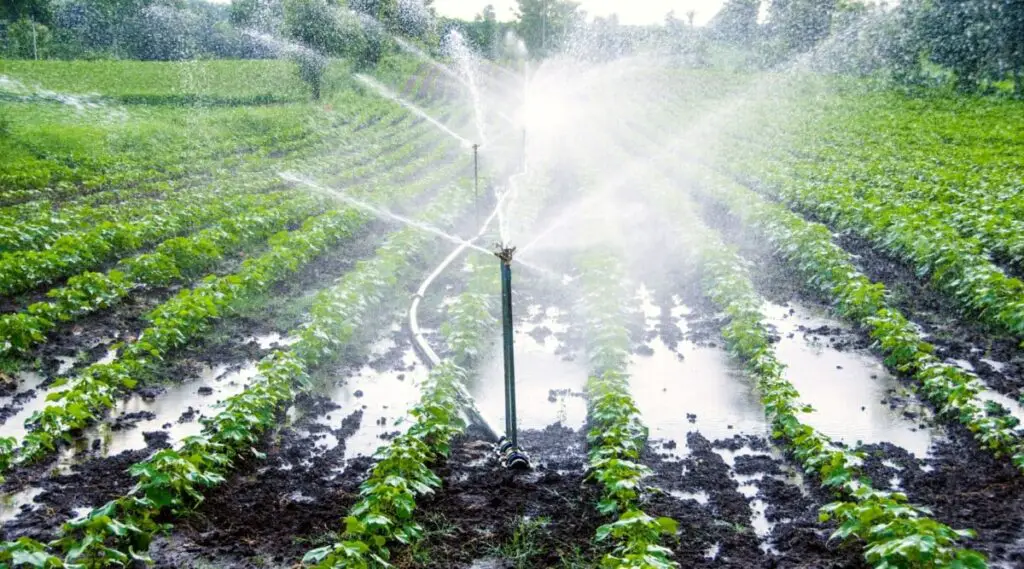
Deep Hydration Strategies
Water less frequently but more deeply to encourage root systems to penetrate deeper into the soil. This improves drought resilience and nutrient uptake.
Smart Irrigation Tools
Install timers on drip irrigation systems to automate watering and minimize waste. Soil moisture sensors can further refine irrigation schedules.
Harvesting Rainwater
Set up rain barrels connected to gutter systems for an eco-friendly water source. Use collected rainwater in combination with drip systems for maximum efficiency.
Related Topics:
6. Ecological Pest and Disease Control
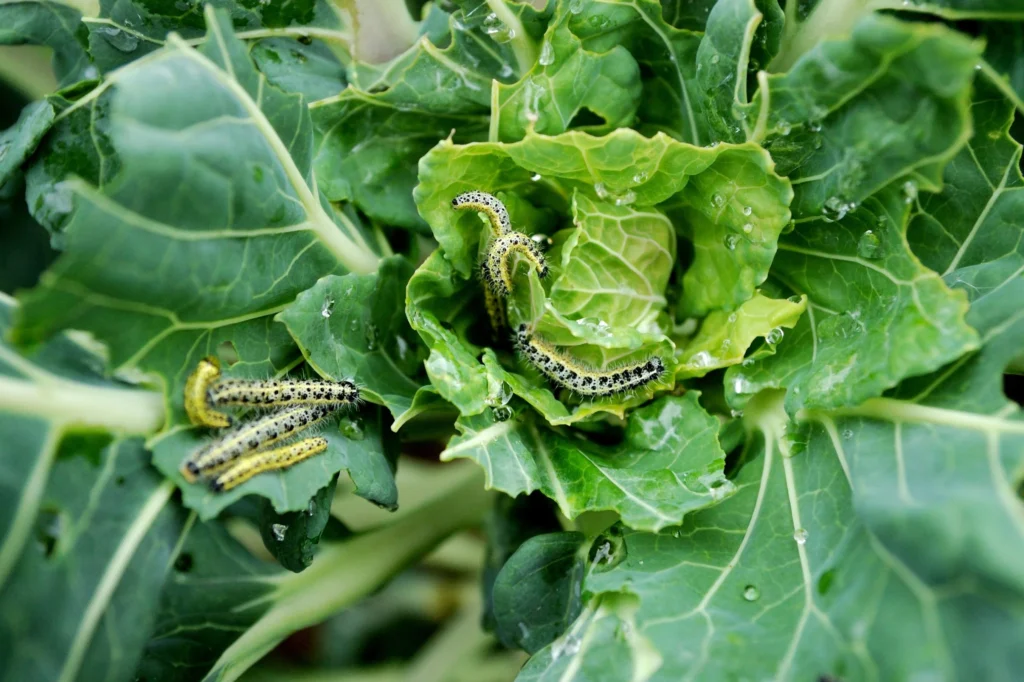
Encouraging Natural Predators
Create habitats for beneficial insects such as ladybugs, lacewings, and predatory beetles by planting dill, fennel, or yarrow.
Organic Pest Barriers
Use floating row covers to shield crops from moths and beetles. Copper tape around beds can deter slugs and snails.
DIY Organic Sprays
Prepare sprays from garlic, hot pepper, or soap to combat common pests like aphids and spider mites. Always test on a small area before full application.
7. Maintenance for Long-Term Success
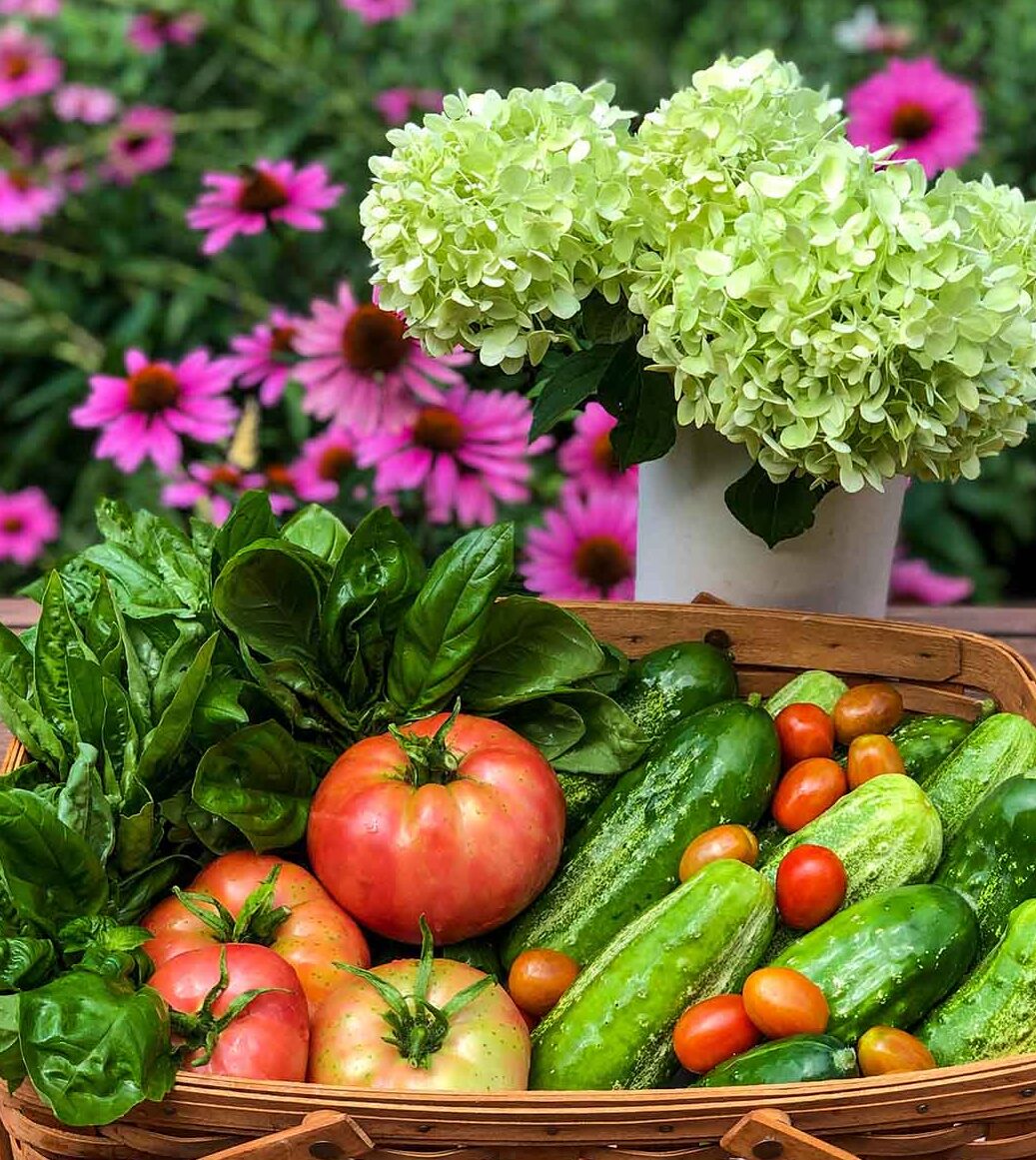
Dynamic Fertilization
Supplement your soil throughout the growing season with slow-release organic fertilizers. Use compost tea to deliver nutrients directly to the root zone.
Seasonal Pruning
Regularly prune plants like tomatoes and cucumbers to improve light penetration and airflow. Remove suckers and damaged leaves promptly.
Continuous Observation
Inspect plants daily for signs of stress, pests, or disease. Early intervention is critical to preventing larger issues.
8. Harvesting and Beyond
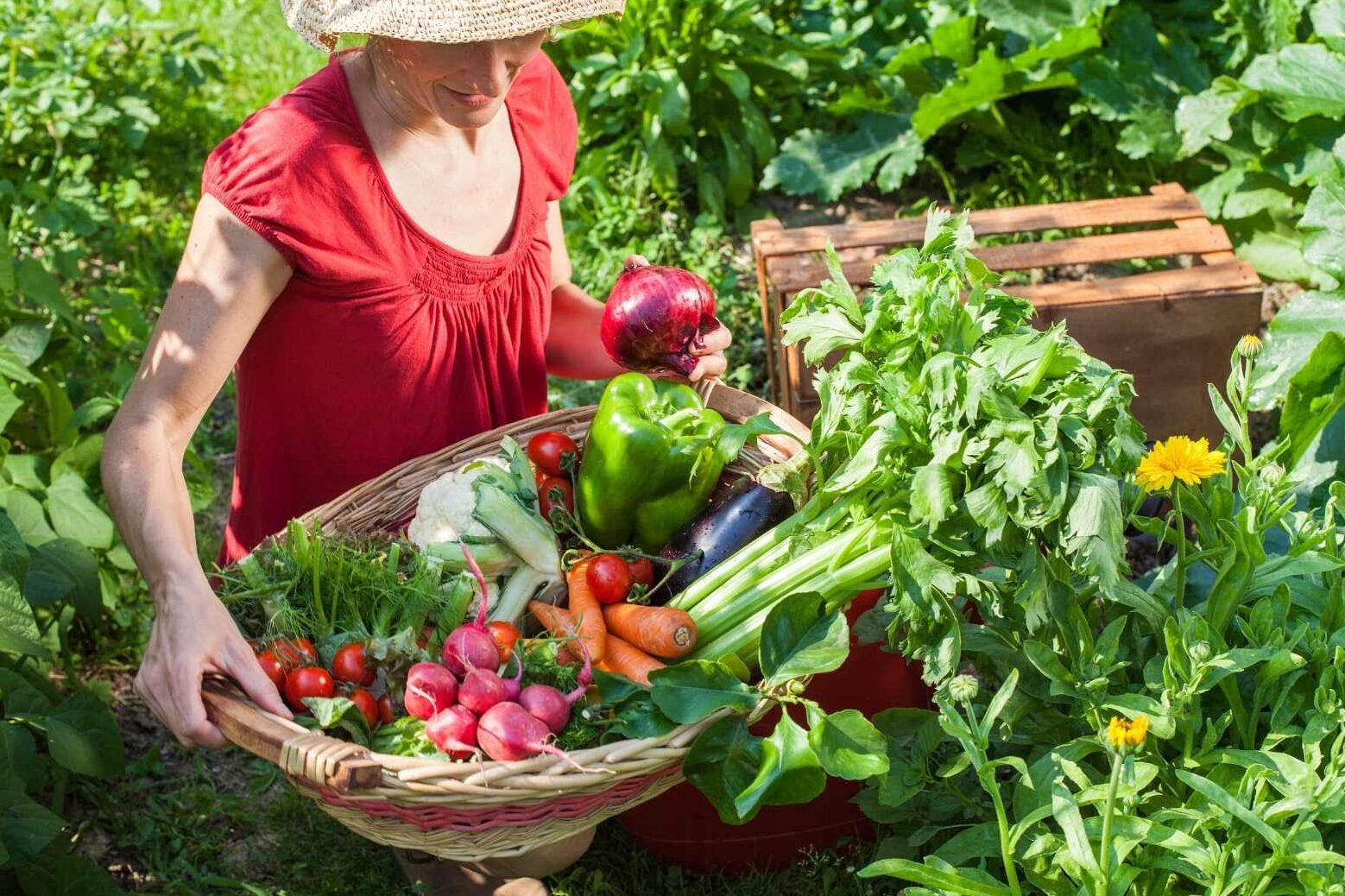
Optimal Harvest Timing
Harvest vegetables at their peak ripeness for maximum flavor and nutrition. Learn specific indicators for each crop, such as firmness in zucchini or color intensity in peppers.
Post-Harvest Handling
Wash and dry produce gently to prevent bruising and extend shelf life. Store root crops like potatoes in cool, dark conditions and refrigerate leafy greens immediately.
Seed Saving
Save seeds from open-pollinated varieties to ensure a sustainable and cost-effective gardening cycle.
9. Advanced Tips for Experienced Gardeners
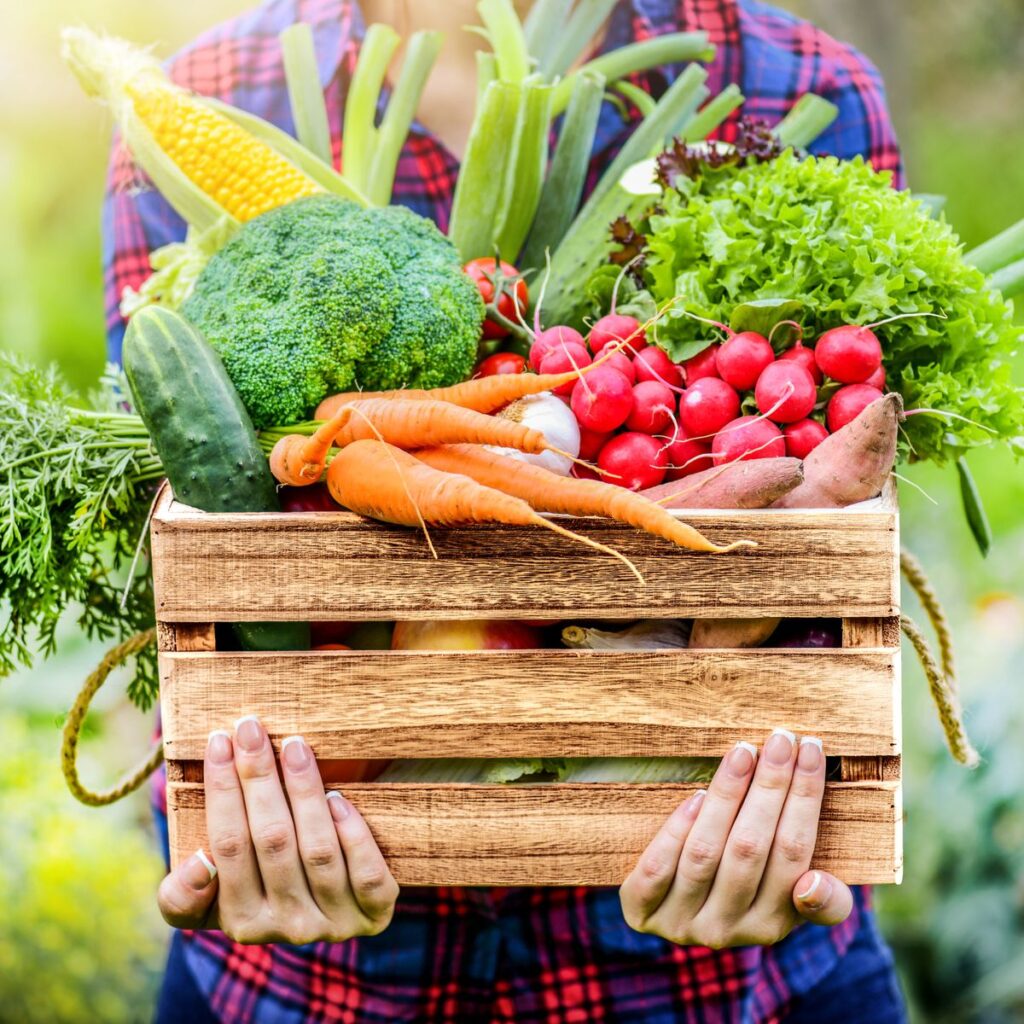
Extending the Growing Season
Use cold frames, row covers, or greenhouses to protect crops from frost and extend your gardening calendar.
Soil Microbe Cultivation
Add mycorrhizal fungi or beneficial bacteria to enhance nutrient cycling and plant health.
Vertical Gardening
Maximize space by growing climbing crops like beans and cucumbers on trellises or netting. This approach improves air circulation and simplifies harvesting.
Conclusion
Organic vegetable gardening is a dynamic and fulfilling pursuit that evolves with experience. By adopting advanced techniques and paying close attention to your garden’s unique needs, you can achieve a thriving, sustainable space that nourishes both body and soul.
Organic gardening not only offers the satisfaction of self-reliance but also contributes to the health of the planet, fostering biodiversity and reducing ecological footprints. Let this guide inspire you to take your gardening journey to the next level, creating a legacy of abundance for years to come.
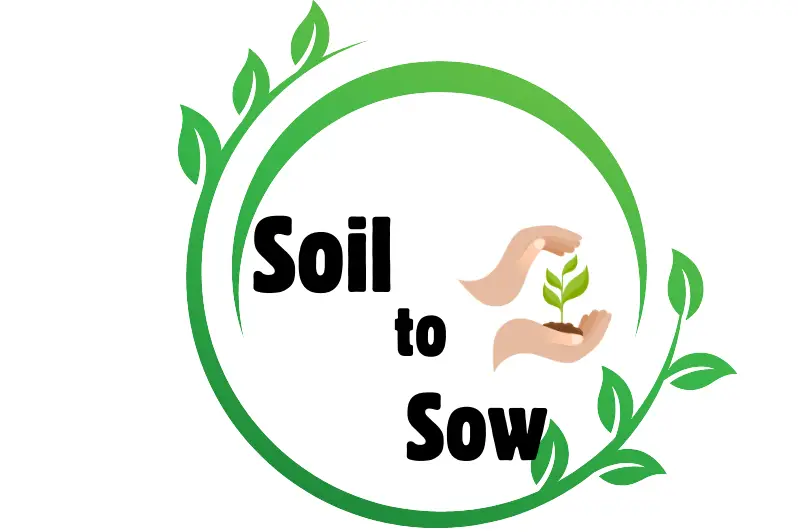
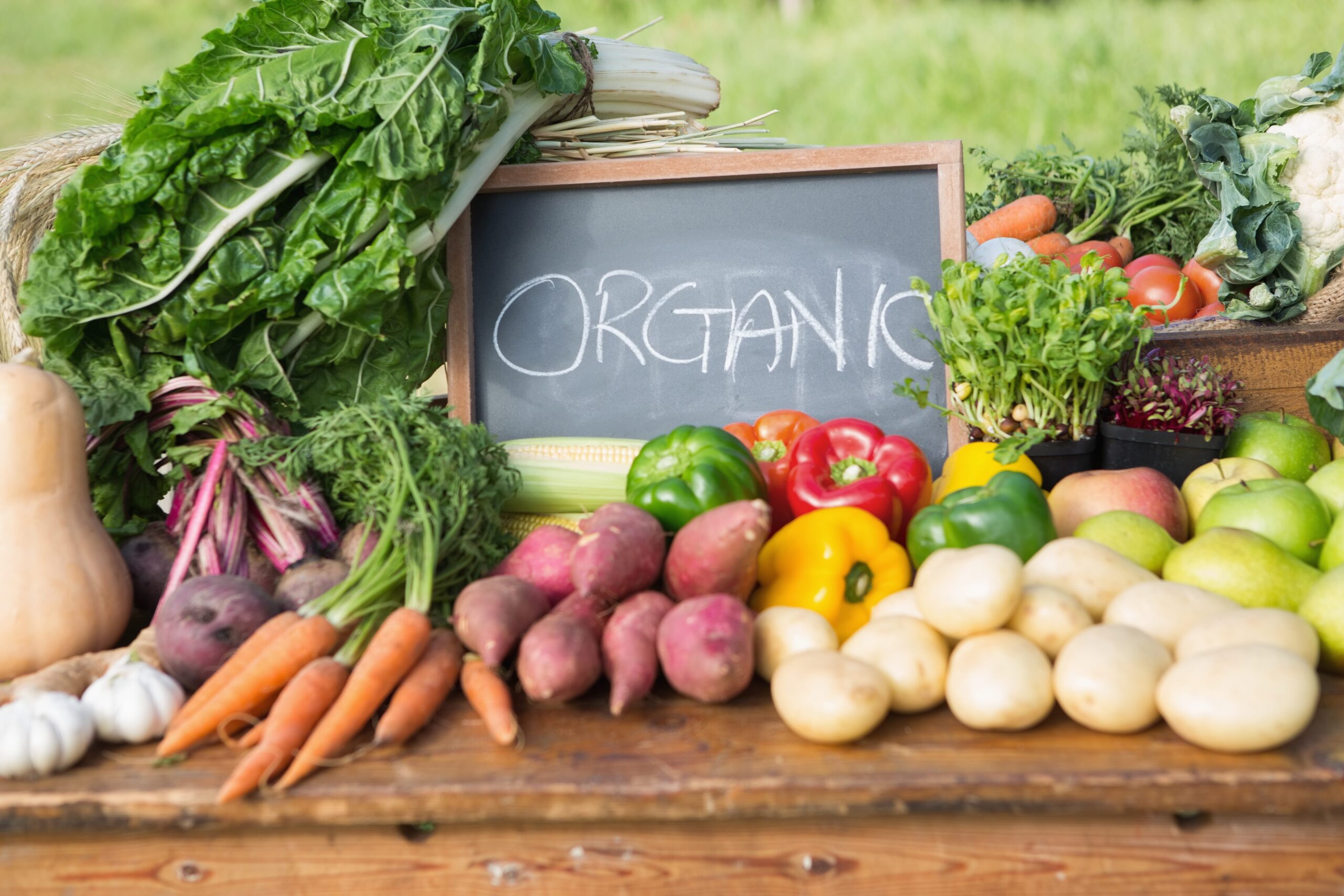
1 thought on “9 Essential Tips for Growing Vegetables in an Organic Garden”